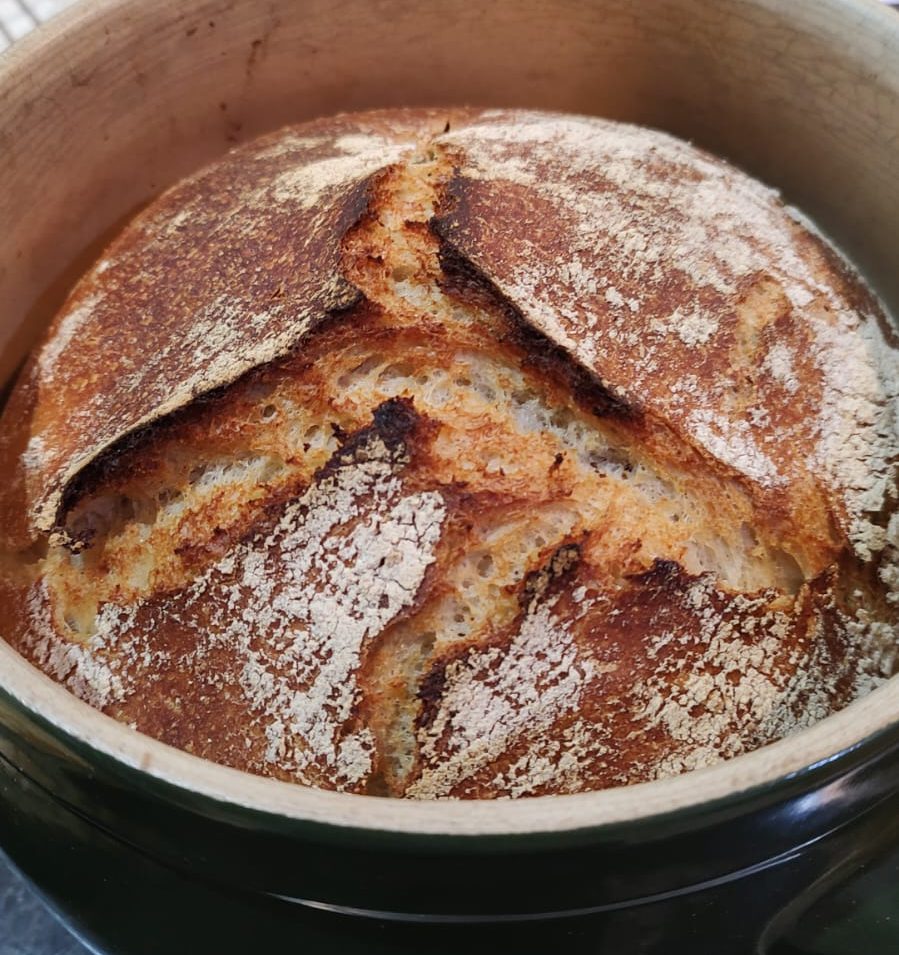Part of the confluenec of nutrition, wellness and habits, for me personally, was losing weight, improving body composition and then maintaining a healthier body composition for the long term. Nutrition and habits, underpinning wellness.
Harsh realities #125 days on
Why “harsh reality?” Being active is important for general wellness, your mood and cardiovascular fitness, however, possibly far less important than I thought #125 days ago.
Around 70 per cent is our pre-set resting metabolic rate, which is the energy our cells burn just staying alive; around 10 per cent of our energy is burnt off through the act of digesting food, leaving only about 20 per cent for physical activity, of which around half is for small movements, fidgeting, sitting and standing. This leaves only around 10 per cent of the total expenditure that can be manipulated for most people. The 10 per cent expenditure amenable to change is ten times less than reducing the 100 per cent of energy that goes into your body as food.
In fact, activity and trackers may even have an adverse effect on weight loss.
Exercise has very little role in weight loss. All the long-term studies show it doesn’t help weight loss. It’s been grossly exaggerated as an easy fix for the obesity problem. On its own, if you don’t change your diet, it’s of no use.
Dr Tim Spector
….frequent weight tracking may have a negative impact on mental health and outcomes during weight loss.
Linde et al., (2016, p199)
In fact, research has shown that being active often leads us to over-valuing that activity, rewarding activity counter acts the benefits of the activity (too often by enjoying “treat” foods), and subsequently – by being less active following the activity thereafter. Dr Tim Spector discuss this very point here.
The “harsh reality” is that too many of us (me included) eat too much, too often, over too long a period of the day. Prof Satchin Panda reports that the median number of times people eat in a day is 7. The top decile – 12. Only 10% of adults are eating within a 12 hour cycle which means the essential process of autophagy is largely unfulfilled. It led Prof Satchin Panda to suggest that “What we do from sunset to bedtime” is possibly the most critical time to be self-aware.
So what have I concluded in #125 days?
There was scope for me to make better nutritional choices and a need to take more habit-forming decisions to promote my own wellness and longevity. However, there is no getting away from the fact that, “what, when and how you eat,” is central to the body composition outcomes you attain. What myths were discarded? What knowledge made the difference?
Discarded myths
- Calories, calorie-counting, a focus on macronutrients, “eat less and move more” – nonsense. However “what, when and how” you eat matters. Of course, it does.
Applied knowledge
- Focusing on food quality (and to a lesser extent food quantity), largely a diverse, plant-based diet. Eat to improve our wellness and health.
- Plan and prepare your on-your-go nutrition
- Time-restricted eating (14:10) has been straightforward however temptations are still hard to resist
- Maintaining body composition remains hard if more forgiving/enjoyable than proactively improving body composition
- Reduce or avoid highly processed foods
- Starting with activity (for mood and wellness) has helped me to resist temptations
Losing weight, improving body composition and then maintaining a healthier body composition for the long term weaves together nutrition, wellness and habits. Is it easy to build good habits? No. What about maintaining those habits? No. But it is more enjoyable.


